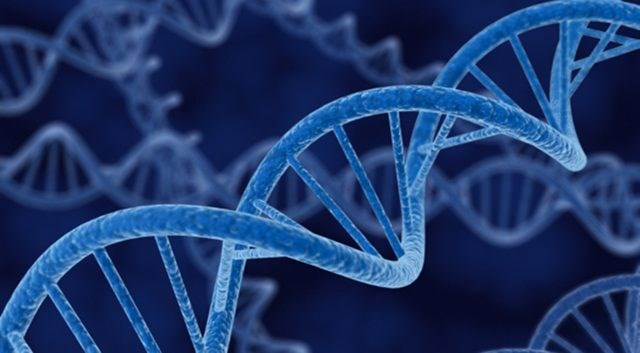If you are a regular reader of this space, and thanks to those who are, then you know I am a believer in maintaining older genetics, whether they are within a heritage breed of livestock, or in the plants from which our current crops evolved.
The reasoning is simple enough, the world we live in changes, and that means what we grow today may not be well-suited for the world our children live in, or our grandchildren.
For our scientists to be able to adapt crops and livestock for differing conditions we may need to be able to go back to the foundational building blocks and essentially start over in developing something that will fill those future needs.
So I was more than a little interested when a release came via email from the Crop Science Society of America (CSSA) dealing with the very topic.
The article related, “plant genetic resources are any plant materials, such as seeds, fruits, cuttings, pollen, and other organs and tissues from which plants can be grown. The stewards are the breeders, researchers, farmers, gene bank staff, and many others who keep them safe and utilize them.”
It went on to note Peter Bretting, a National Program Leader for the USDA’s Agricultural Research Service, saying these plant genetic materials and those who care for them are important for human survival.
“These are the materials for crop breeding which play a role in food security and plant research,” he said in the article. “Crops make up the thin green line standing between humanity and calamity. To feed the growing world population, breeders must develop new crop types that yield more on less land with less material such as water and fertilizer.”
Interestingly, the article also noted, “an important part of these plant genetic resources is crop wild relatives. These are closely related to crop species but have not been domesticated by humans. They are often related to crops eaten today in some way and provide useful material for breeding, study, and preservation, says Bretting.
“For example, breeders might find they want a trait like drought tolerance in a specific crop. It may be a rare quality only found in an ancestor. Luckily, breeders might be able to find what they need thanks to the stewards who are conserving the wild ancestors.”
This is fascinating in the sense it ties in with the concept that every species of plant and animal is worth preserving because science may find in the future it contains some trait or gene which may have a dramatically positive effect for humanity.
That vision dovetails with the recent recognition by CSSA in celebrating Crop Wild Relative Week Sept. 22-29. The week was created by the scientific society to raise awareness of the valuable wild relatives of familiar crops.
“The fruits, grains, and roots of crop wild relatives are not as large as domesticated crops. Some might be bitter or have poor texture. But these hardy plants have a natural and useful diversity of traits that helped them live in some harsh conditions. These traits are useful to breeders in the fight to create a sustainable and secure food supply,” noted an article on the week.
So to be prepared for what might come tomorrow we need to maintain the materials to develop the crops we will need. Who knows a weed today may tomorrow be a valued part of agriculture.
Calvin Daniels is Editor with Yorkton This Week.

